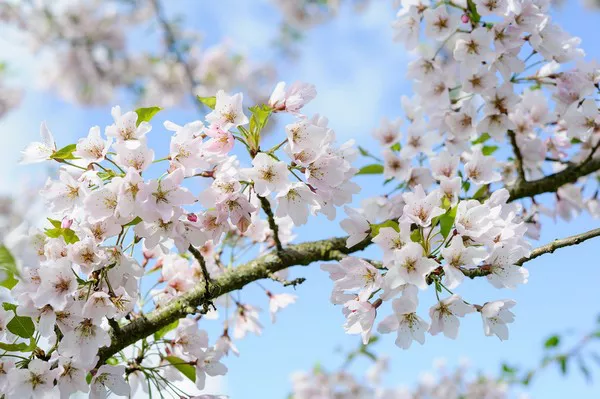The act of gifting cut flowers, while a time-honored tradition, raises environmental concerns due to the potential negative impact of the flower industry. Amy Austin, the owner of Everlasting Flower Studio, sheds light on the complex dynamics surrounding the environmental footprint of cut flowers in a recent discussion.
Amy underscores the inherent unsustainability of the flower industry, pointing to issues such as the environmental impact of growing conditions in regions like Africa and South America, excessive water usage, chemical application, labor practices, and the extensive energy consumption associated with transportation and refrigeration. Furthermore, the industry generates substantial waste, with unsold flowers ending up discarded.
To counteract these challenges, Amy emphasizes the importance of adopting a mindful and sustainable approach when choosing flowers. She recommends sourcing locally, seasonally, and creatively. Drawing attention to the environmental cost of long-distance flower transportation, Amy encourages consumers to prioritize locally grown flowers. By aligning with local seasons, buyers not only support regional farmers but also reduce the carbon footprint associated with transportation.
Amy shares her own journey toward sustainable flower practices at Everlasting Flower Studio, where preservation techniques ensure that flowers last over a year. By opting for local and seasonal varieties, Amy embraces a philosophy of sustainability, contributing to the reduction of waste and environmental impact associated with traditional cut flowers.
Britta Baranowsky, a flower-grower based in Wicklow and former chairperson and committee member of Flower Farmers of Ireland, further elaborates on sustainable flower practices. She emphasizes the need for a shift in consumer behavior, advocating for an understanding of seasonal flowers and an openness to embracing the changes that each month brings.
Baranowsky, who practices organic and environmentally conscious flower farming, highlights the benefits of growing flowers outdoors in the Irish climate. While the growth may be slower, the resulting flowers are hardier, leading to an extended vase life. She encourages consumers to appreciate the diversity of flowers each season offers, fostering an alternative perspective on floral arrangements.
Additionally, Baranowsky addresses the critical issue of flower foam or “oasis foam,” commonly used by florists. She strongly advises against its use due to its non-biodegradable nature, contributing to landfill waste. Instead, she suggests alternatives such as moss or biodegradable plastic to keep flowers hydrated.
For those inspired to embark on a more sustainable floral journey, Baranowsky recommends starting with a small garden. This not only provides a beautiful pollinator but also offers an intimate understanding of seasonal flowers when shopping at markets. Growing a personal garden enables individuals to create their bouquets, occasionally supplemented with a few purchased flowers to enhance arrangements.
In conclusion, the discussion highlights the environmental challenges posed by traditional cut flowers and provides insights into sustainable alternatives. By prioritizing local, seasonal, and creatively arranged flowers, consumers can contribute to a more eco-friendly approach to floral gifting. The cultivation of personal gardens further empowers individuals to actively participate in sustainable flower practices, reducing their environmental impact and fostering a deeper connection to nature.


